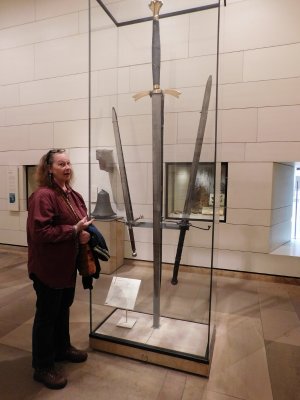
National Museum of Scotland- That's a really big sword! |
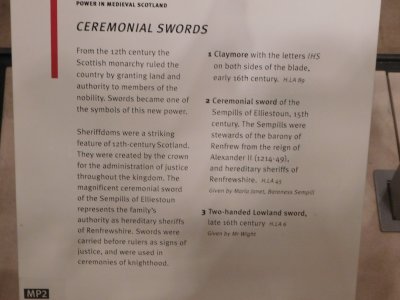
National Museum of Scotland |

National Museum of Scotland |
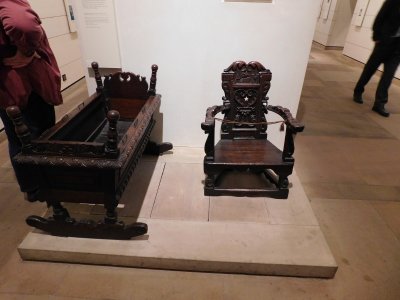
National Museum of Scotland |
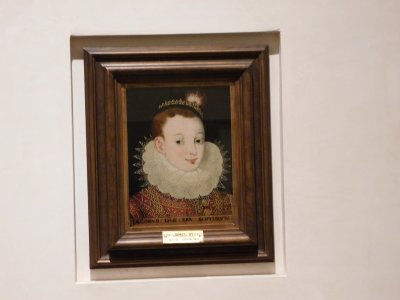
National Museum of Scotland |
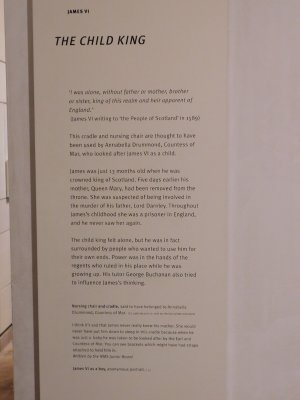
National Museum of Scotland |
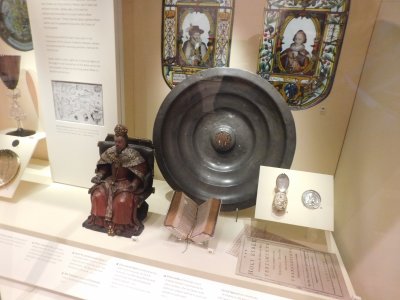
National Museum of Scotland |
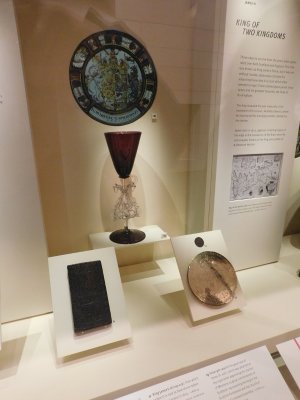
National Museum of Scotland |
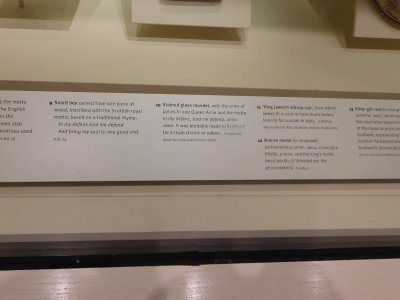
National Museum of Scotland |
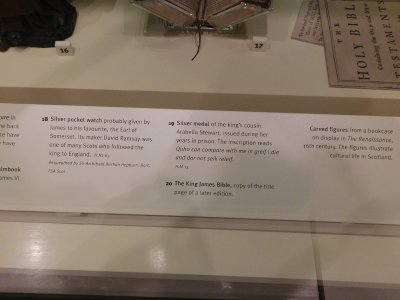
National Museum of Scotland |
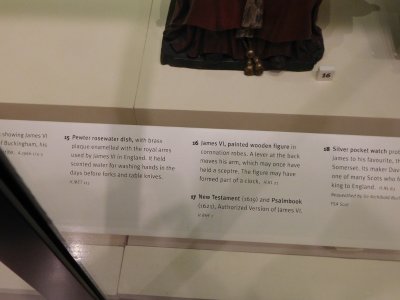
National Museum of Scotland |
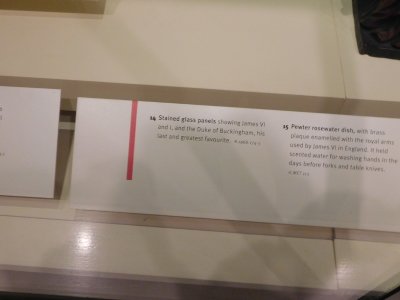
National Museum of Scotland |
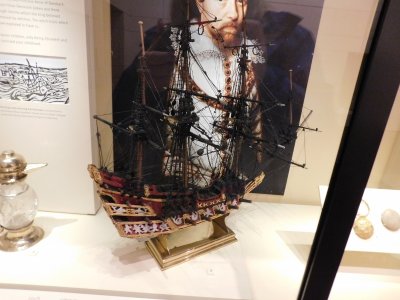
National Museum of Scotland |
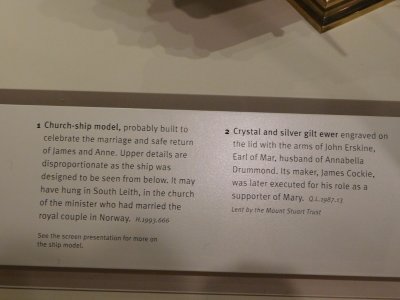
National Museum of Scotland |
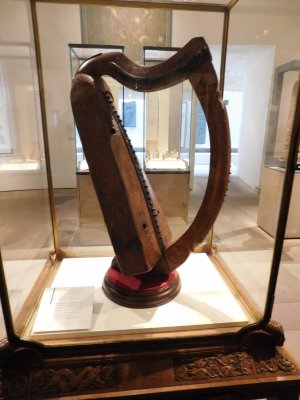
National Museum of Scotland |
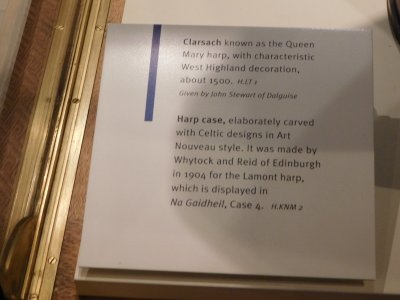
National Museum of Scotland |
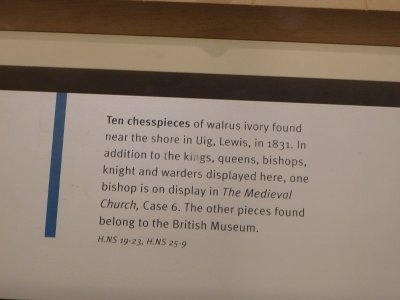
National Museum of Scotland |
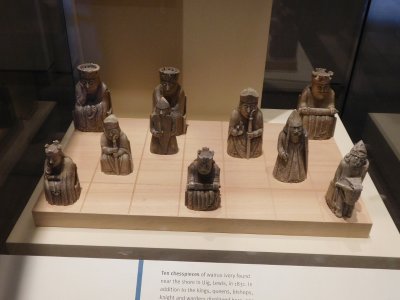
National Museum of Scotland |
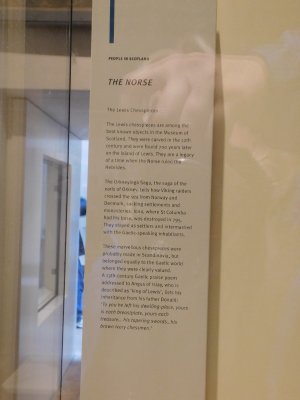
National Museum of Scotland |
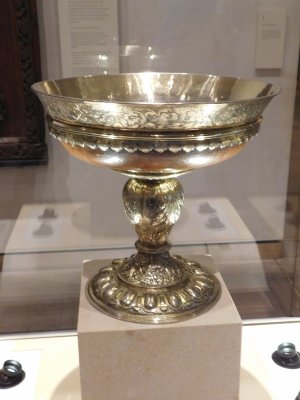
National Museum of Scotland |
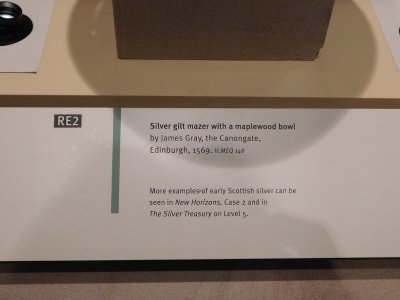
National Museum of Scotland |
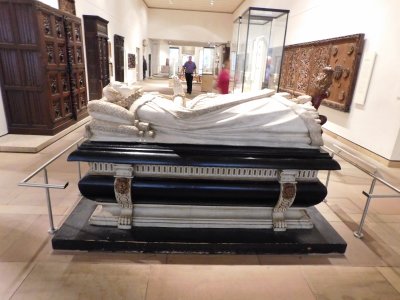
National Museum of Scotland |
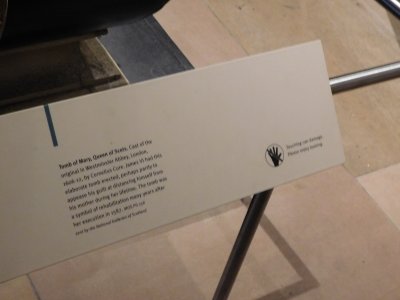
National Museum of Scotland |
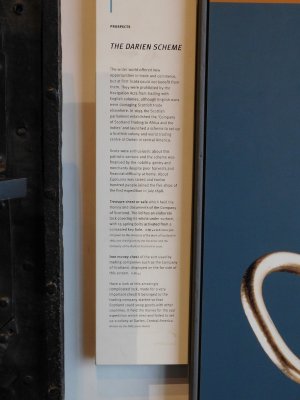
National Museum of Scotland |
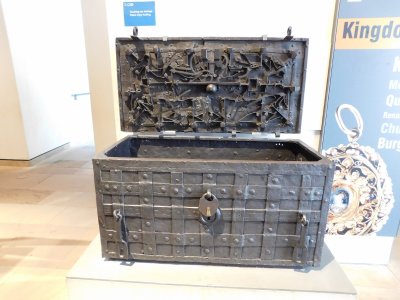
National Museum of Scotland |

National Museum of Scotland |

National Museum of Scotland |

National Museum of Scotland |
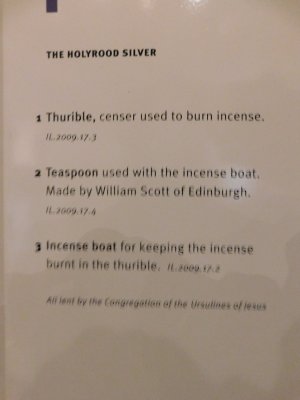
National Museum of Scotland |
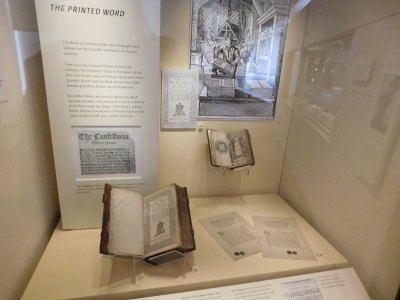
National Museum of Scotland |

National Museum of Scotland |
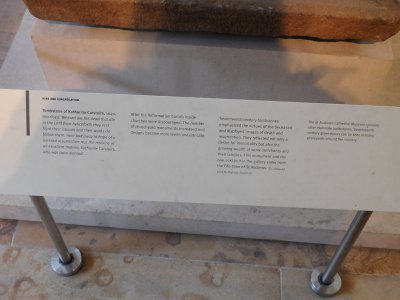
National Museum of Scotland |
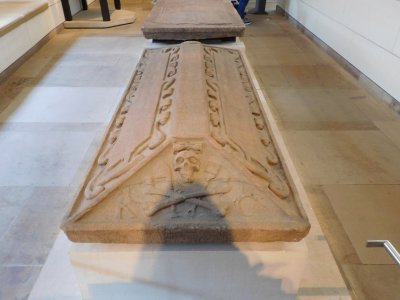
National Museum of Scotland |
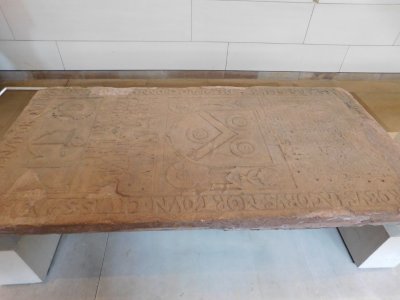
National Museum of Scotland |
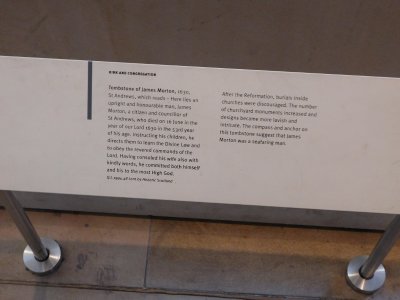
National Museum of Scotland |

National Museum of Scotland |
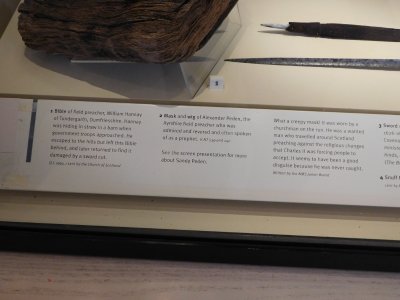
National Museum of Scotland |
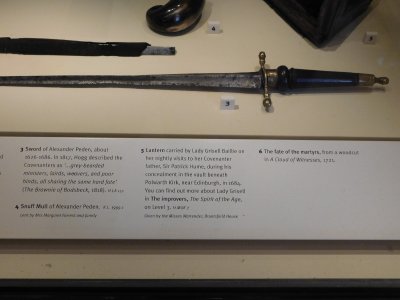
National Museum of Scotland |
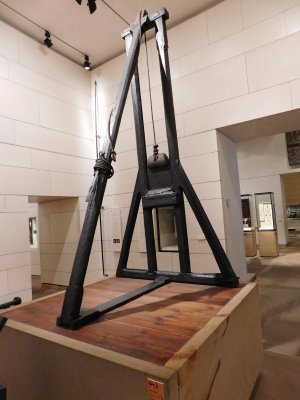
National Museum of Scotland |

National Museum of Scotland |
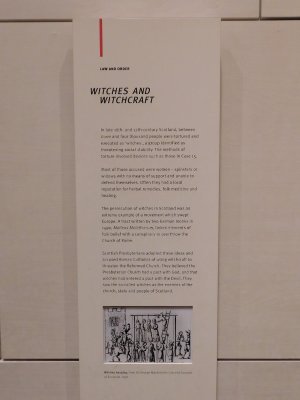
National Museum of Scotland |
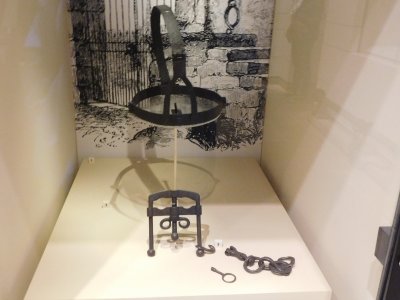
National Museum of Scotland |
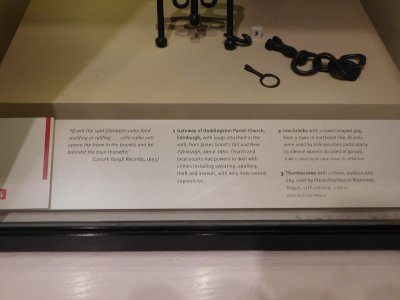
National Museum of Scotland |
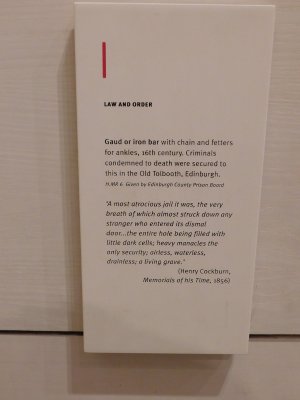
National Museum of Scotland |

National Museum of Scotland |
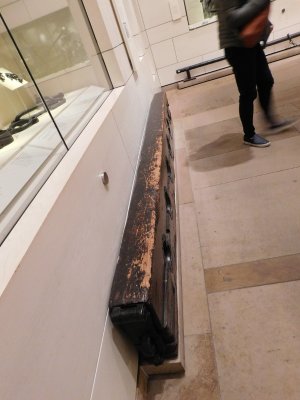
National Museum of Scotland |
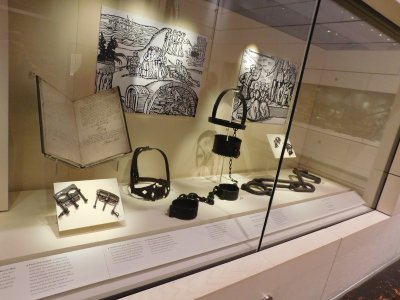
National Museum of Scotland |

National Museum of Scotland |
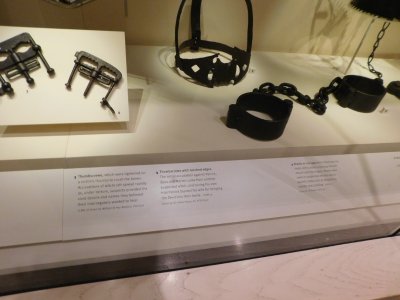
National Museum of Scotland |

National Museum of Scotland |

National Museum of Scotland |
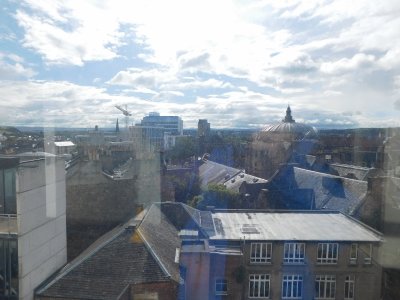
Views from the National Museum of Scotland Roof Terrace |
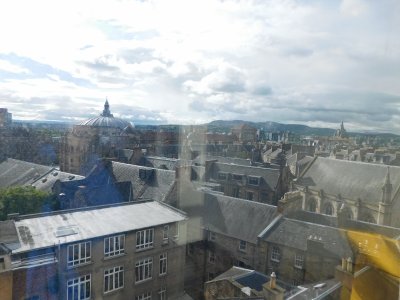
Views from the National Museum of Scotland Roof Terrace |
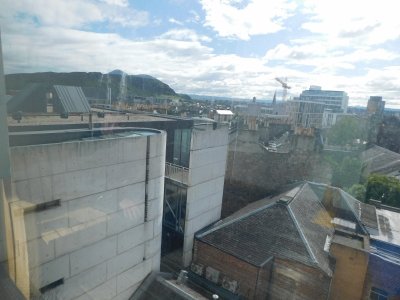
Views from the National Museum of Scotland Roof Terrace |
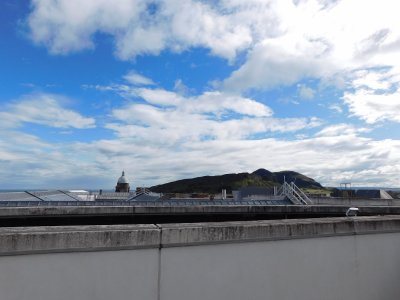
Arthur's Seat in Holyrood Park from the roof terrace |

Arthur's Seat in Holyrood Park from the roof terrace |
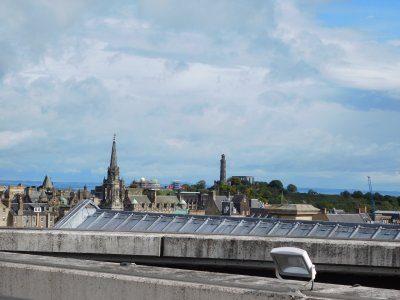
The Tron Kirk and Calton Hill from the roof terrace |

Tolbooth Kirk Spire from the roof terrace |
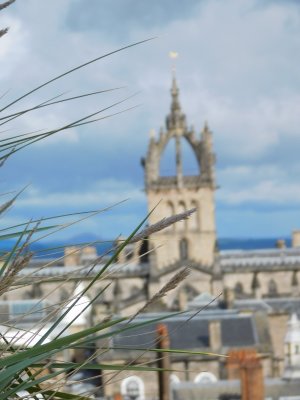
St Giles' Cathedral Spire from the roof terrace |
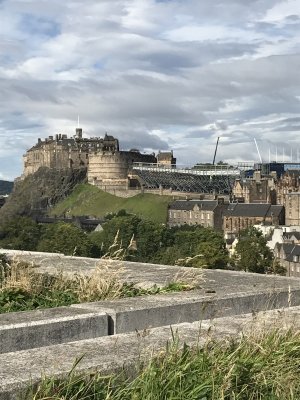
Edinburgh Castle from the roof terrace |
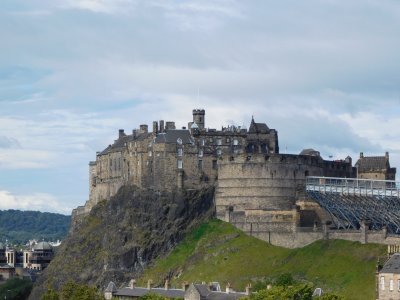
Edinburgh Castle from the roof terrace |
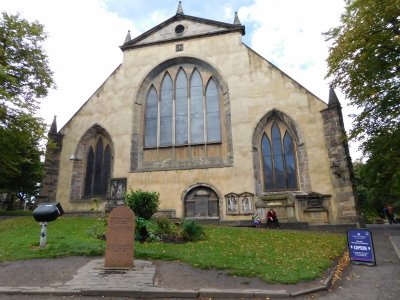
Greyfriars Kirk (Church) with Greyfriars Bobby grave in the forefront |
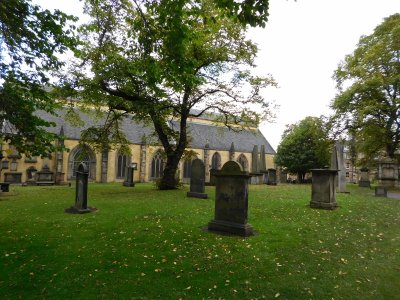
Greyfriars Kirk occupies an important place within the history and culture of Edinburgh, and the history of Scotland |
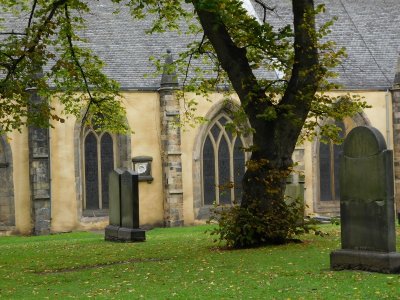
The National Covenant was actually signed here in 1638 |
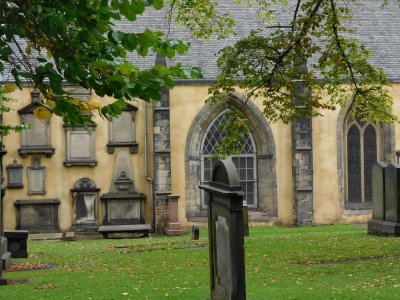
Greyfriars Kirkyard, part of Edinburgh’s history since 1562 when Mary Queen of Scots granted the land for use as a burial ground |
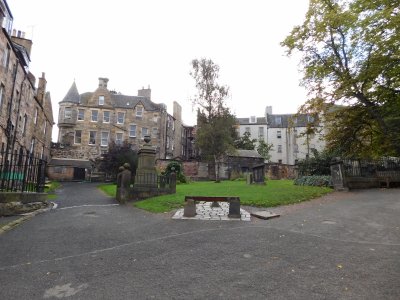
Greyfriars Kirkyard contains memorials covering centuries of history and is the final resting place of many famous Scots |
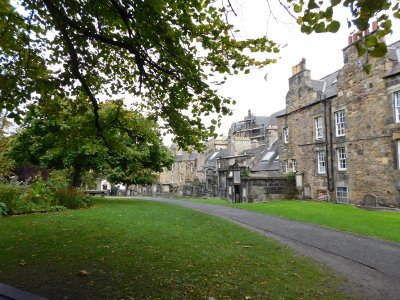
Greyfriars Kirkyard- a place that is JK Rowling’s supposed inspiration for many Harry Potter characters |
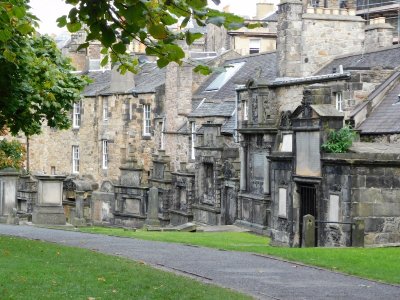
She used to apparently spent time strolling the grounds in the mid-’90s, perhaps dreaming up her tale of a put-upon boy wizard |
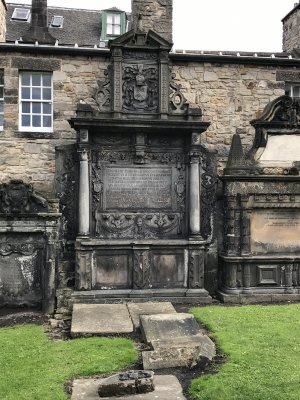
The Kirkyard contains the graves of poet William McGonagall, chemist Joseph Black & philanthropist Mary Erskine(among many more) |
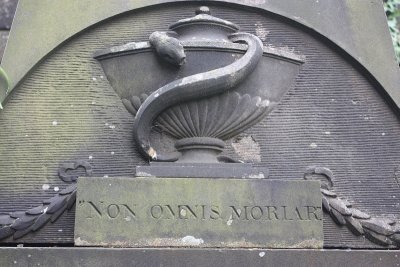
And then there's this...."Non Omnis Moriar" (Not All of Me Will Die) |
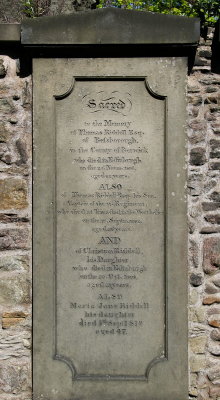
Not to mention this...Thomas Riddell's Grave |
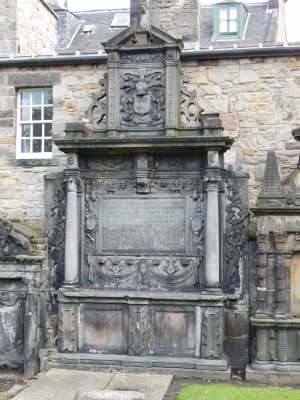
Greyfriars Kirkyard |
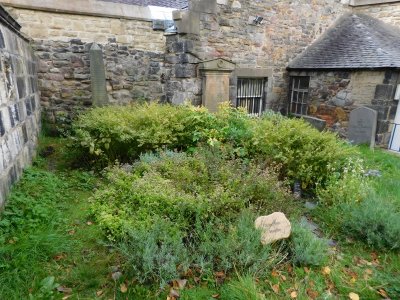
Greyfriars Kirkyard |
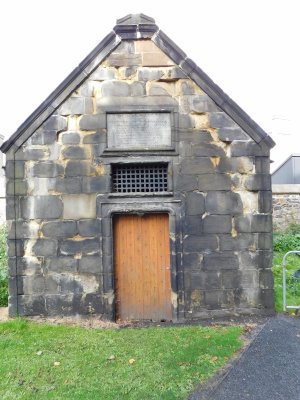
Greyfriars Kirkyard |

Greyfriars Kirkyard |
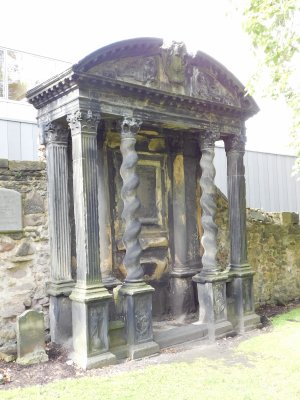
Greyfriars Kirkyard |
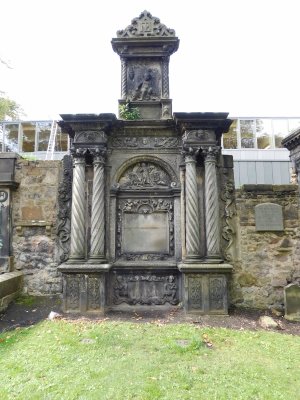
The huge monument to Thomas Bannatyne |
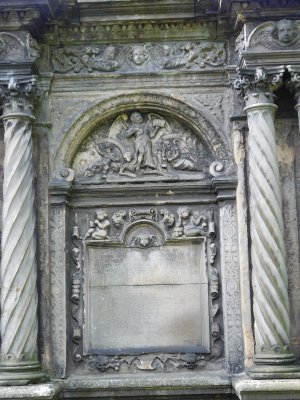
Greyfriars Kirkyard |
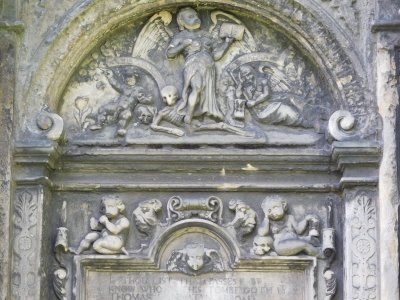
Greyfriars Kirkyard is widely regarded as the most haunted in the entire world |
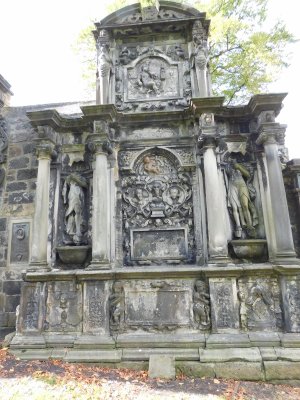
Tomb of George Foulis, laird of Ravilstoun (d.1633) and his wife, Jane Bannatyne |
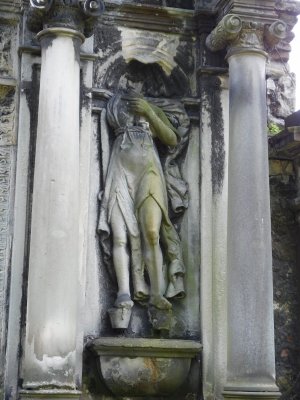
Greyfriars Kirkyard |
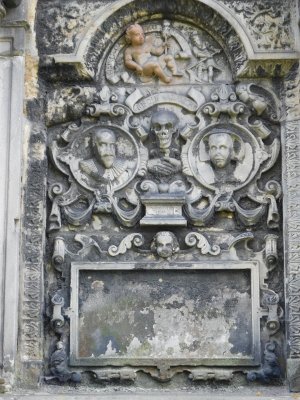
Greyfriars Kirkyard |
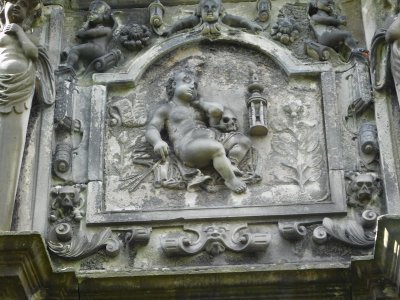
Greyfriars Kirkyard |
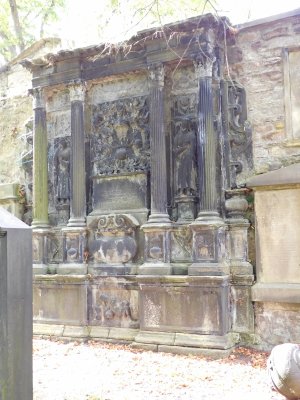
Greyfriars Kirkyard |
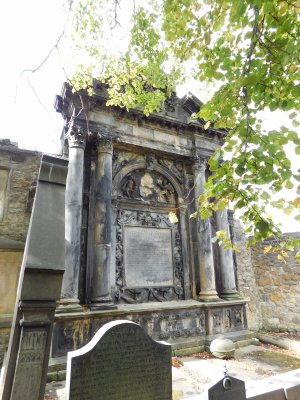
Greyfriars Kirkyard |
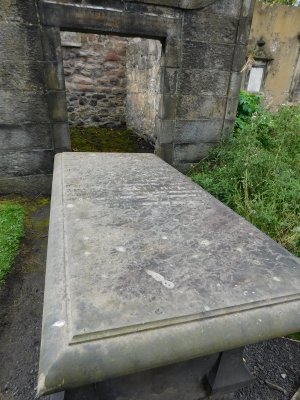
Greyfriars Kirkyard |
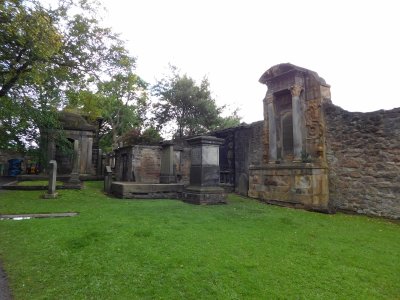
Greyfriars Kirkyard |
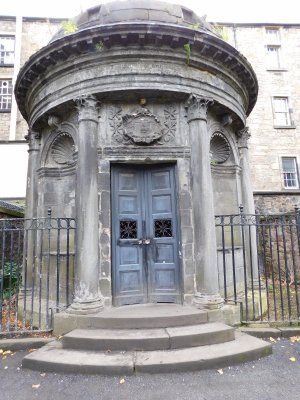
Mackenzie mausoleum in Greyfriars Kirkyard |
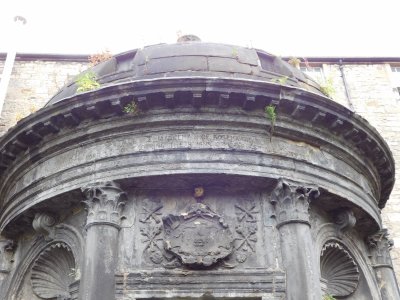
The distinctive domed tomb has long had an association with rumours of ghosts |
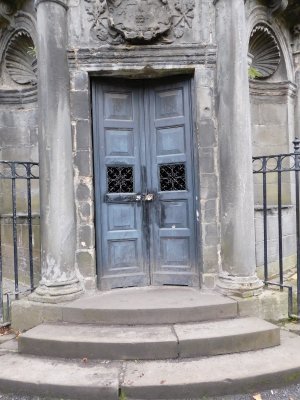
George Mackenzie was a lawyer and the Lord Advocate during the rule of Charles II |
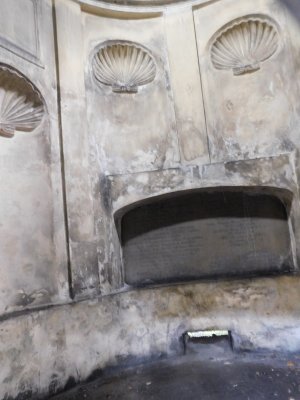
He quickly earned a reputation as one of the most vicious persecutors of the Covenanters |
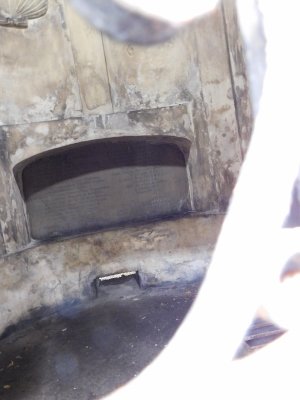
Some were executed, and hundreds died of maltreatment. His treatment of Covenanters gained him the nickname "Bluidy Mackenzie" |
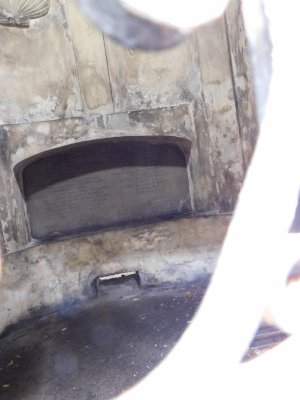
He acted as justice-depute from 1661 to 1663, a post that involved him in extensive witch trials |
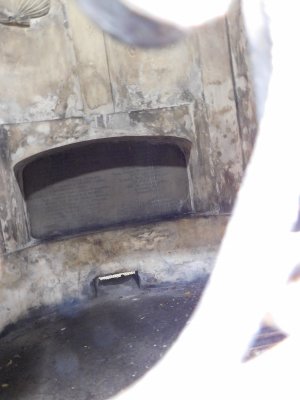
Bluidy Mackenzie would see the inmates tortured, starved, & eventually decapitated |
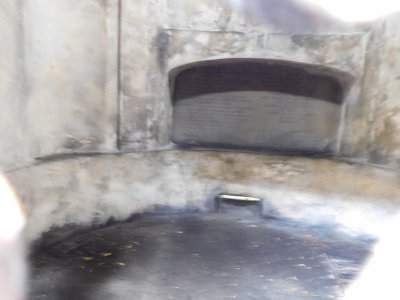
And their heads placed on the spikes atop the gates that surround Greyfriars Kirkyard |
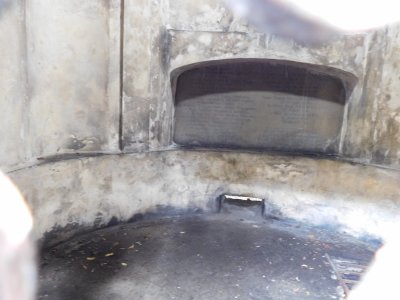
Over the years stories of violent paranormal activity have continued to pile up, most centered around Bluidy Mackenzie |
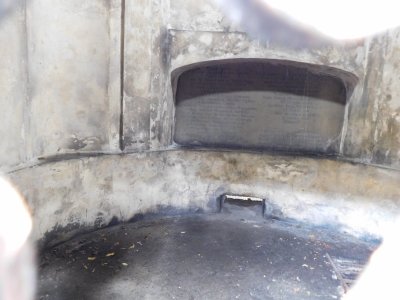
The bravest people visiting Bluidy Mackenzie's grave often recite a famous nursery rhyme, said to send the ghost into a rage |

”Bluidy Mackingie, come oot if ye daur, lift the sneck and draw the bar!” |

This is what happened to us when we said it! |
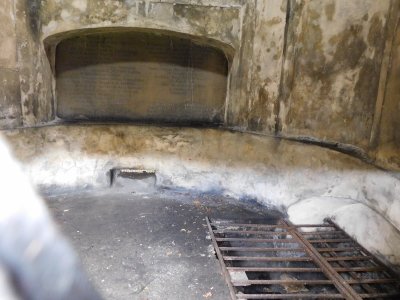
But we didn't know it till later when we checked the pictures on the camera! |
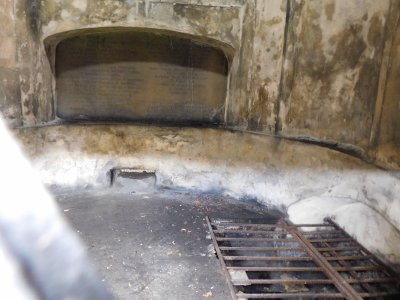
In 1999 a homeless man sought shelter in Mackenzie’s mausoleum and fell through the floor the resulting hole is now grated |
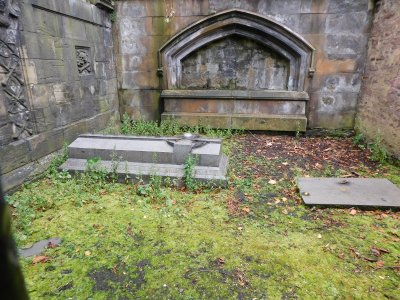
Greyfriars Kirkyard |

On a lighter note- Greyfriars Kirkyard has a Butt Tree! |
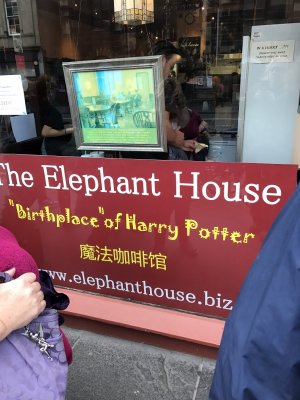
The Elephant House(1995) made famous by J.K. Rowling who wrote much of her early novels in the back room overlooking the Castle |
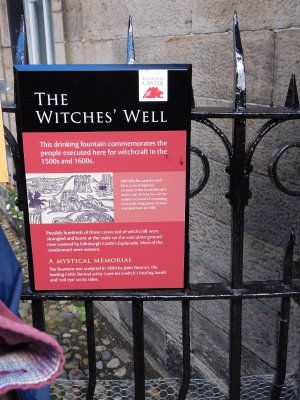
The Witches Well situated at the entrance to the Castle esplande on the west wall of The Tartan Weaving Mill |
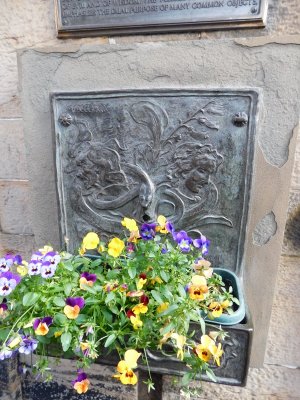
Cast iron wall fountain commemorates the place where over three hundred women were burned at the stake accused of being witches |

In the 16th Century more witch burnings were carried out at Castlehill than anywhere else in the country |

The victims often suffrered brutal torture before being put to death at the stake |
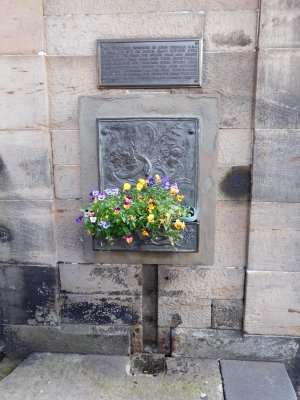
They were often nearly drowned by being 'douked' in the Nor' Loch |
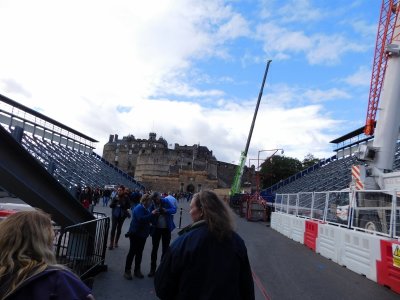
Edinburgh Castle Esplanade still partially set up from the Military Tattoo |
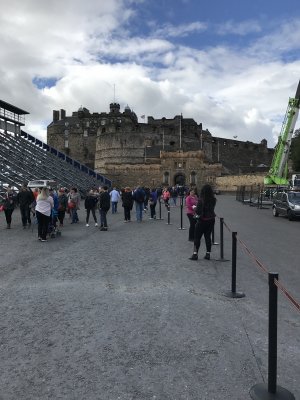
Since its inception in 1950 the tattoo performance is a parade of the massed pipes and drums of the Scottish regiments |
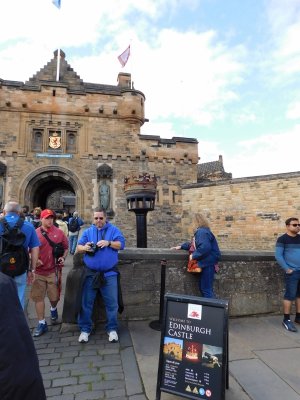
The Gatehouse at the head of the Esplanade was built as an architecturally cosmetic addition to the castle in 1888 |
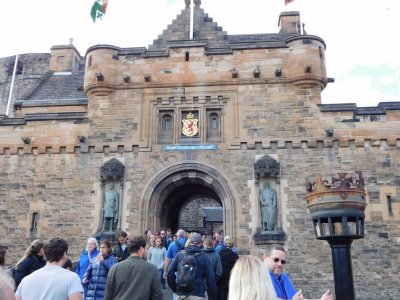
Statues of Robert the Bruce and William Wallace were added in 1929, and the Latin motto (No one provokes me with impunity) |

Edinburgh Castle Portcullis Gate with The Lion Rampant, Coat of Arms & Argyle Tower |
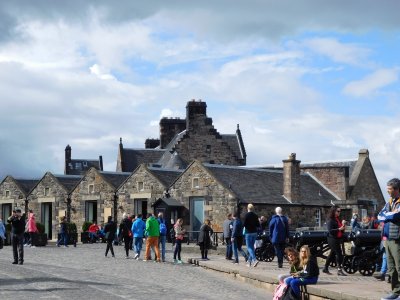
Edinburgh Castle Argyle Battery and some of the castle buildings |
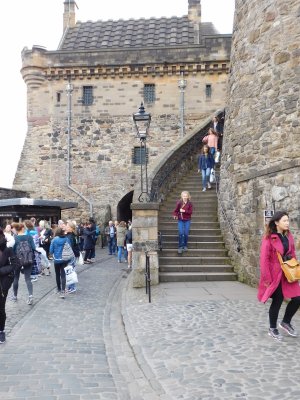
Lang Stairs main access to summit of Castle Rock till the 15th century when the more gradual ascent present road was built |

Edinburgh Castle Argyle Battery |
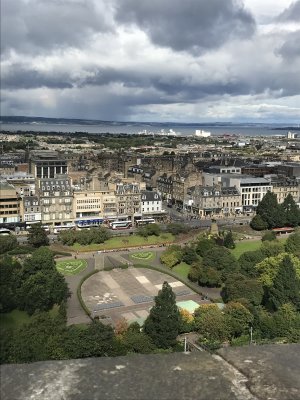
Views from Edinburgh Castle Argyle Battery |

Views from Edinburgh Castle Argyle Battery |
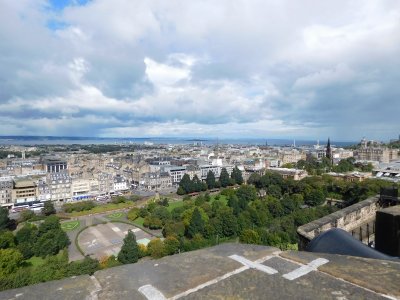
Views from Edinburgh Castle Argyle Battery |

Views from Edinburgh Castle Argyle Battery |
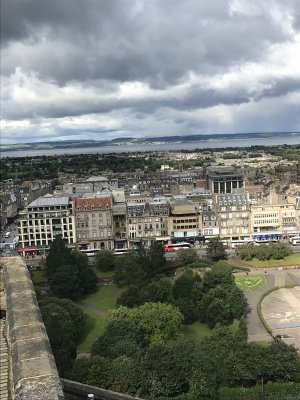
Views from Edinburgh Castle Argyle Battery |
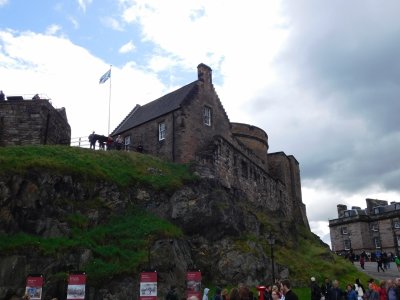
Reservoirs (large cisterns built to reduce the castle's dependency on well water) and a former fire station now the Whiskey Shop |
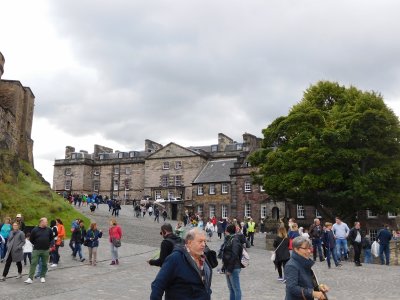
The Governor's House(1742) behind the tree and the New Barracks(1799) replacing the outdated accommodation in the Great Hall |
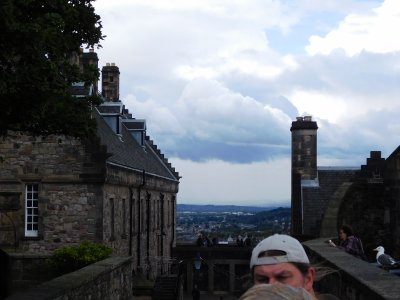
Looking past the Governor's House down to the Scottish National War Museum, Hospital and Butts Battery |
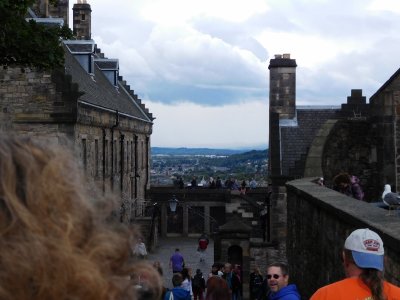
Looking past the Governor's House down to the Scottish National War Museum, Hospital and Butts Battery |

Governor's House(1742) The New Barracks (1799) & a store for munitions (1747–48) which now houses the National War Museum |
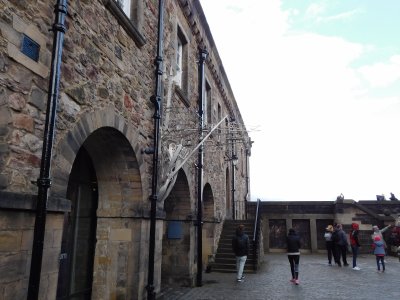
National War Museum covers Scotland's military history over the past 400 years, & includes a wide range of military artefacts |

Military Hospital (1897) originally built in 1753 as an ordnance storehouse for arms and military equipment |

Edinburgh Castle-Field Marshal Sir Douglas Haig Statue(1923) |
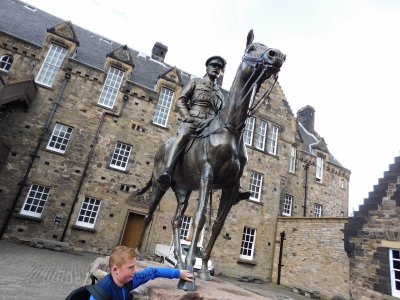
He was the military leader who refused to budge from his tactics as he presided over the biggest bloodbaths in military history |
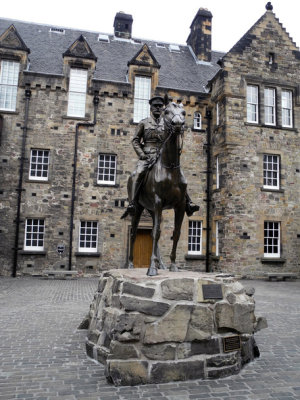
He remained unmoved in the face of a barrage of criticism over the loss of hundreds of thousands of troops in World War I |
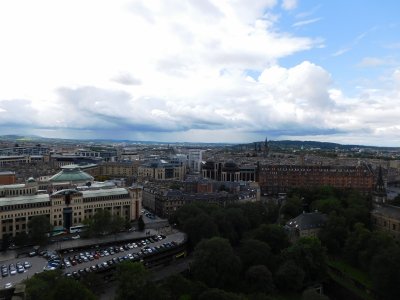
Edinburgh Castle Butts Battery Views |
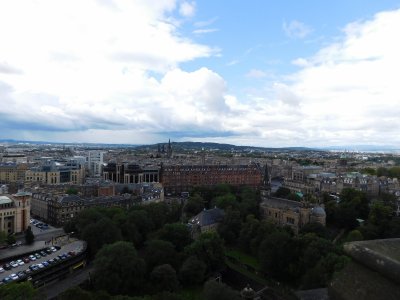
Edinburgh Castle Butts Battery Views |
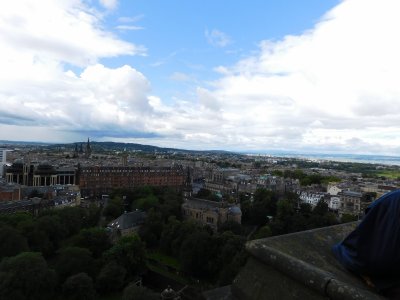
Edinburgh Castle Butts Battery Views |
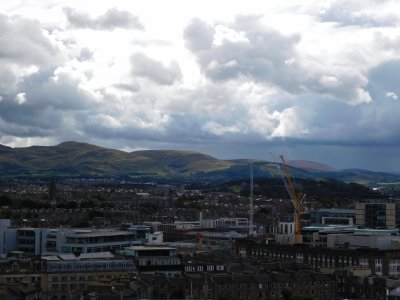
Edinburgh Castle Butts Battery Views |

Edinburgh Castle Butts Battery Views |

Edinburgh Castle Butts Battery View of St Cuthbert's and Kirkyard |
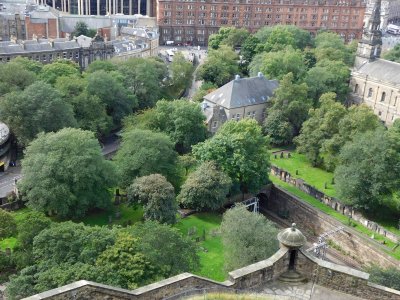
Edinburgh Castle Butts Battery View of St Cuthbert's and Kirkyard |
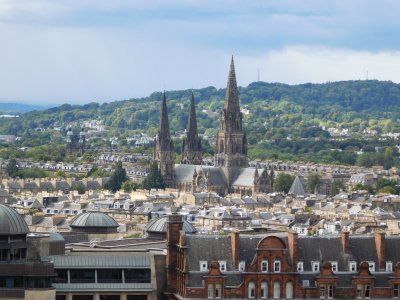
Edinburgh Castle Butts Battery View of St Mary's Cathedral- gothic, 19th-century Episcopal cathedral with 3 tall spires |
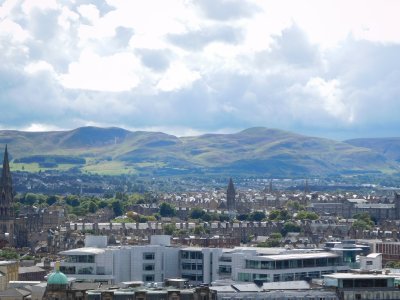
Edinburgh Castle Butts Battery Views |
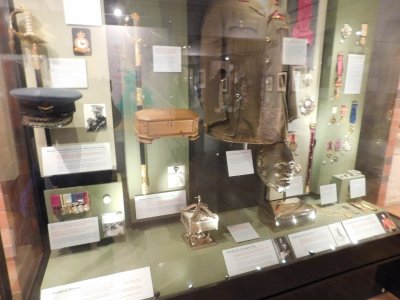
Edinburgh Castle Scottish National War Museum |
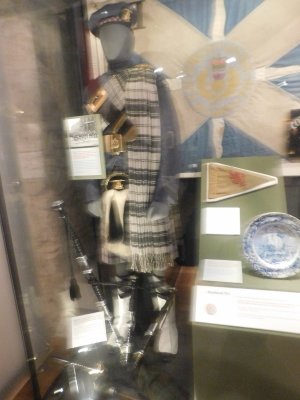
Edinburgh Castle Scottish National War Museum |
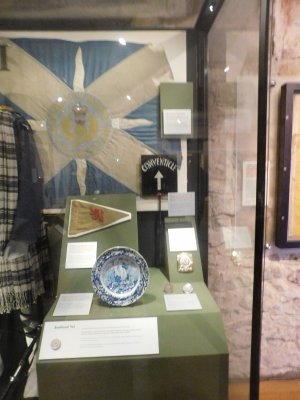
Edinburgh Castle Scottish National War Museum |

Edinburgh Castle Scottish National War Museum |
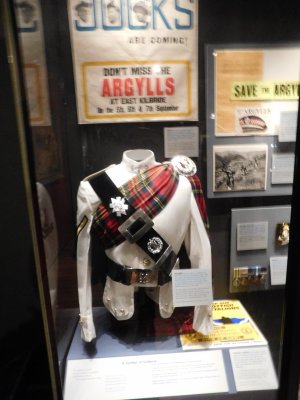
Edinburgh Castle Scottish National War Museum |
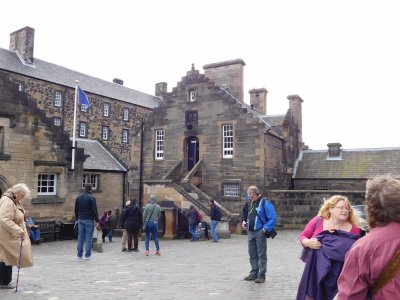
Military Prison center and Royal Scots Museum on the left with Queen Anne Building behind them |

The Royal Scots Dragoon Guards Museum is a regimental museum based in the New Barracks |
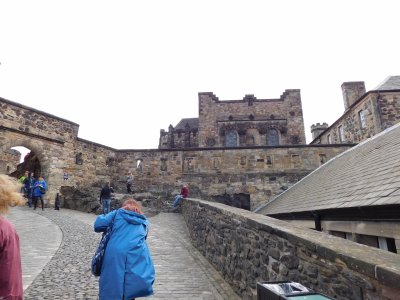
Trudging up to the Upper Ward or Citadel with the Royal Castle and Great Hall |

Side view of the Scottish National War Memorial just before entering Foog's Gate |
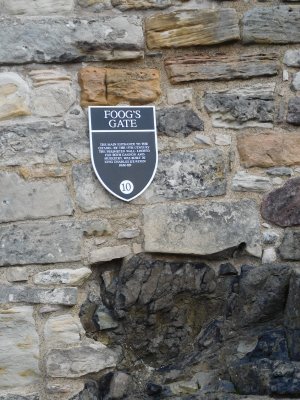
The origin of this name is unknown, although it was formerly known as the Foggy Gate, which may relate to the dense sea-fogs |
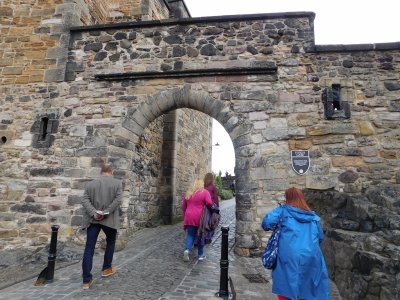
The Upper Ward or Citadel occupies the highest part of the Castle Rock, and is entered via the late 17th-century Foog's Gate |

17th-century Citadel wall now looking down to the New Barracks building |
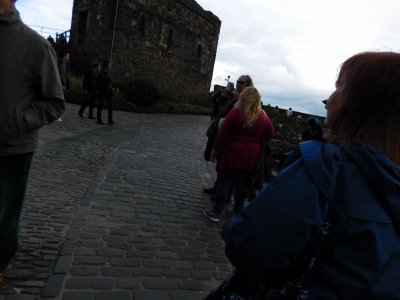
A little rest in the shadow of St. Margaret's Chapel, then we spied the Whiskey shop... |
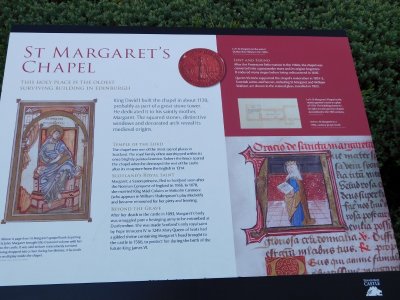
The oldest building in the castle and in Edinburgh is the small St. Margaret's Chapel |

One of the few 12th-century structures surviving in any Scottish castle, it dates from the reign of King David I (1124–1153) |
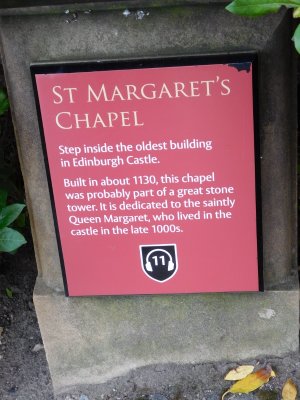
King David I built it as a private chapel for the royal family and dedicated it to his mother, Saint Margaret of Scotland |
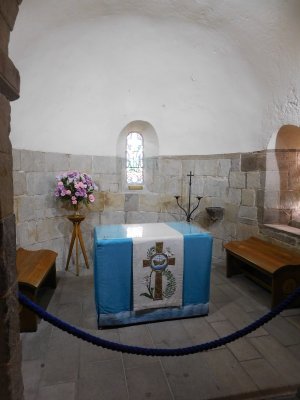
Saint Margaret of Scotland, also known as Margaret of Wessex, was sometimes called "The Pearl of Scotland" |
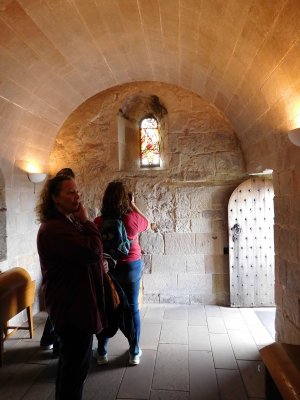
St. Margaret's Chapel- she died in the castle in 1093 |
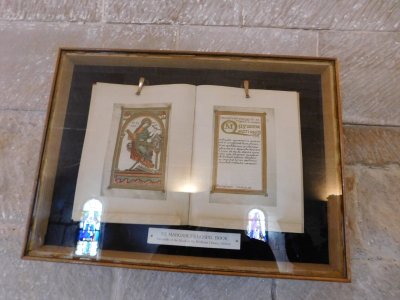
St. Margaret's Chapel- survived the slighting of 1314, when the castle's defences were destroyed on orders of Robert the Bruce |
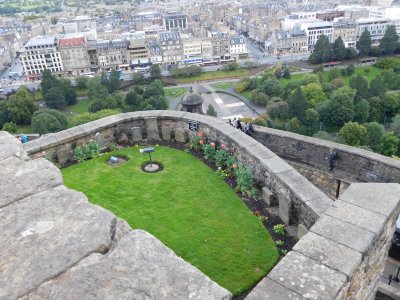
Small 19th-century Dogs' Cemetery for the burial of the soldiers' regimental mascots |
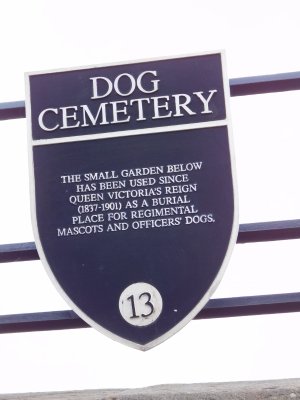
Edinburgh Castle Pet Cemetery |
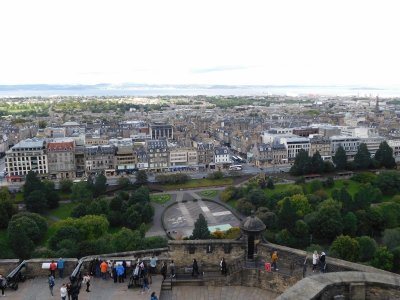
Views from the terrace in front of St. Margaret's Chapel of Princes Street Gardens below the Argyle Battery |
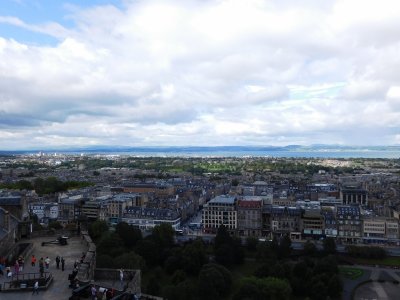
Views from the terrace in front of St. Margaret's Chapel of the Firth of Forth |

Views from the terrace in front of St. Margaret's Chapel of the Firth of Forth |
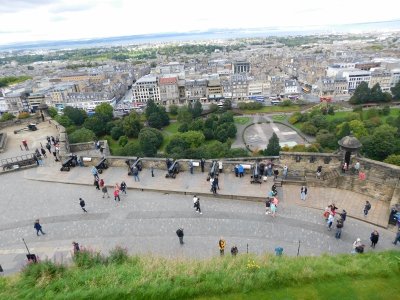
Views from the terrace in front of St. Margaret's Chapel of Princes Street Gardens and Edinburgh below the Argyle Battery |
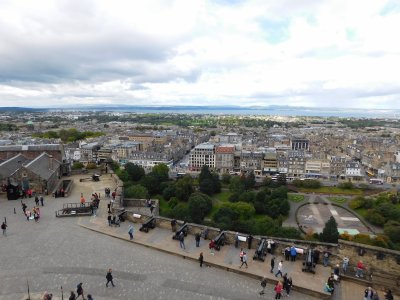
Views from the terrace in front of St. Margaret's Chapel of Princes Street Gardens and Edinburgh below the Argyle Battery |

Views from the terrace in front of St. Margaret's Chapel of Pet Cemetery and Princes Street Gardens below the Argyle Battery |
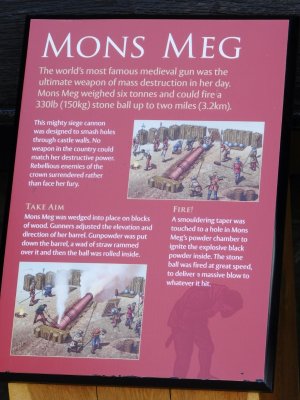
Mons Meg is a mediaeval bombard(large-caliber, muzzle-loading, medieval cannon or mortar) made in 1449 |
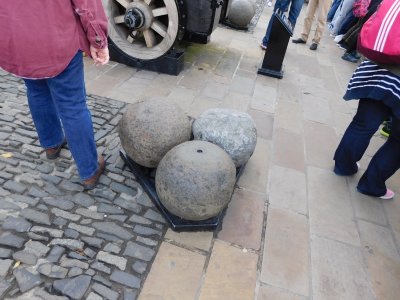
Some of Meg's large gun stones, weighing around 330 pounds |
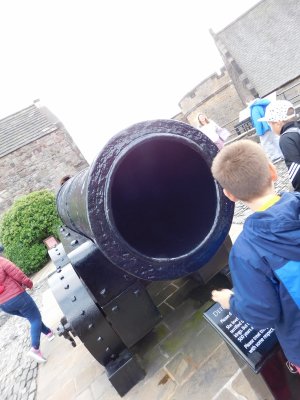
Mons Meg weighs 15,366 pounds, is 15 feet (4.6 m) in length, and has a calibre of 20 inches |
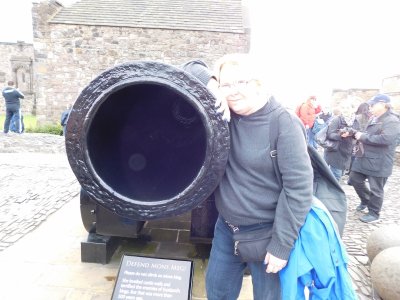
The gun has been defunct since its barrel burst while firing a salute to greet the Duke of Albany, the future King James VII & I |
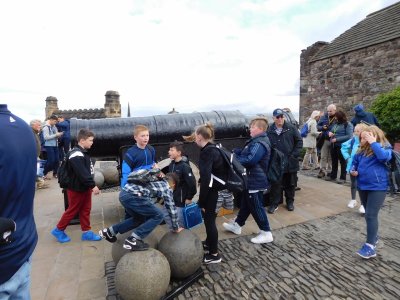
The siege gun Mons Meg, described in a 17th-century document as "the great iron murderer called Muckle(big)-Meg" |
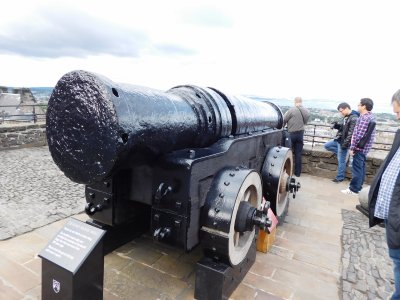
The 13,000-pound gun rests on a reconstructed carriage copied from an old stone relief in the Gatehouse at the castle entrance |
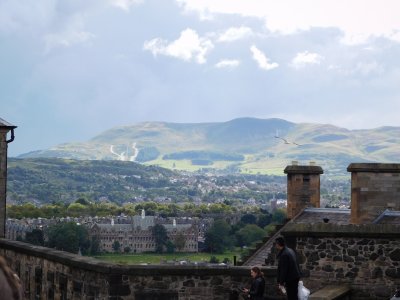
View of Arthur's Seat from Edinburgh Castle |
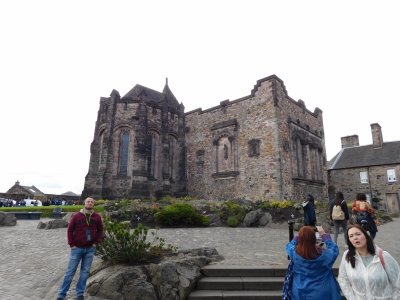
The Scottish National War Memorial commemorates Scottish soldiers who died in the two world wars and in more recent conflicts |
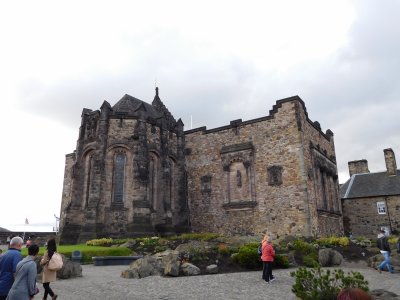
The exterior is decorated with gargoyles and sculpture, while the interior contains monuments to individual regiments |
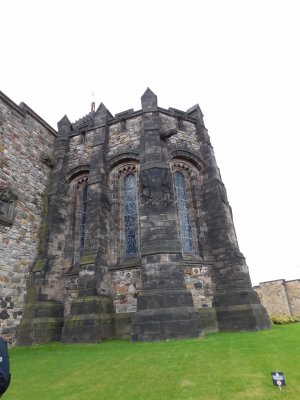
The Scottish National War Memorial stands on the site of the medieval St. Mary's Church which was rebuilt in 1366 |
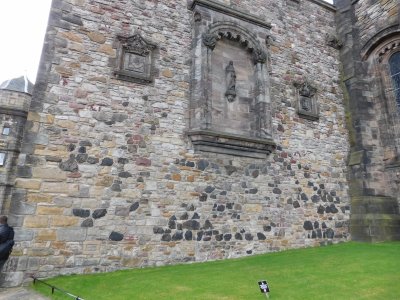
The Scottish National War Memorial was formally opened on 14 July 1927 by the Prince of Wales |
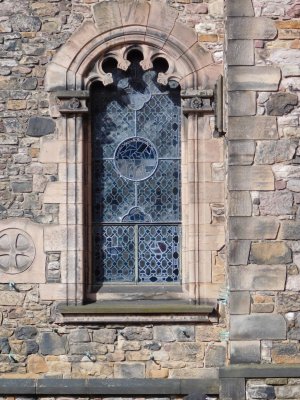
The Scottish National War Memorial stained-glass windows are by Douglas Strachan |
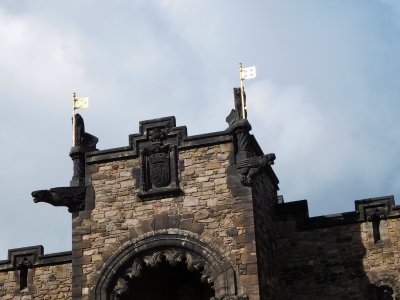
Upon the altar within the Shrine, placed upon the highest point of the Castle Rock, is a sealed casket |
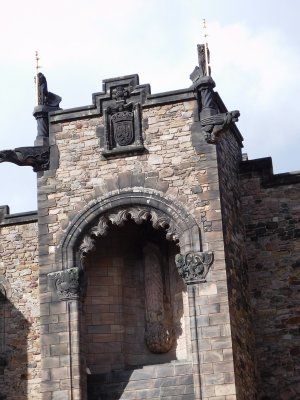
containing Rolls of Honour which list names of those soldiers killed in WW I & II and more recent conflicts |
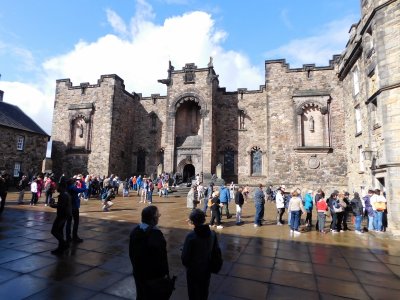
The Scottish National War Memorial in Crown Square |
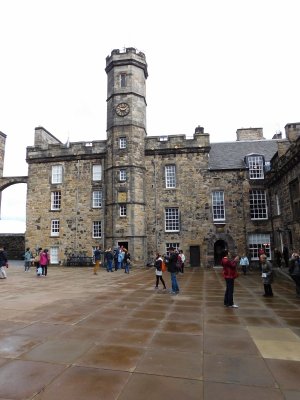
The Royal Palace in Crown Square |

The Great Hall in Crown Square |
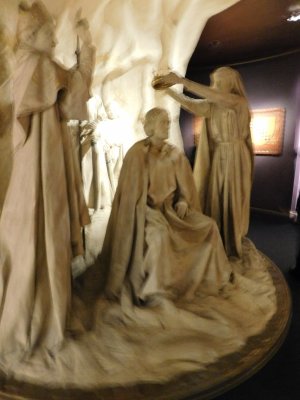
Royal Palace |
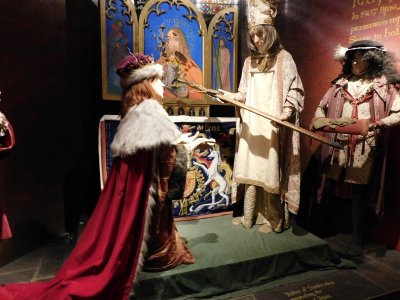
Royal Palace |
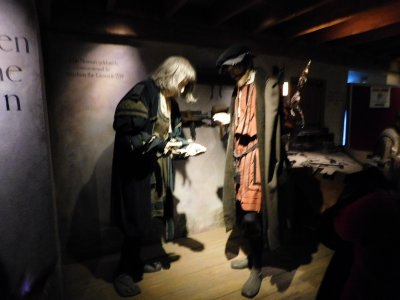
Royal Palace |
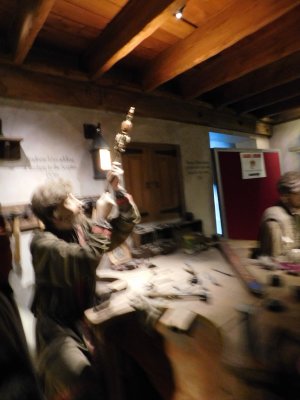
Royal Palace |
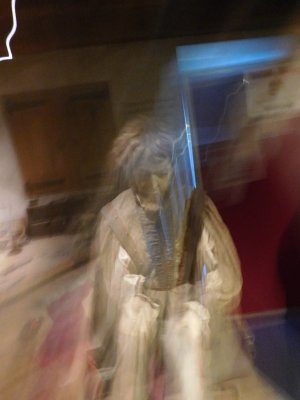
Royal Palace |
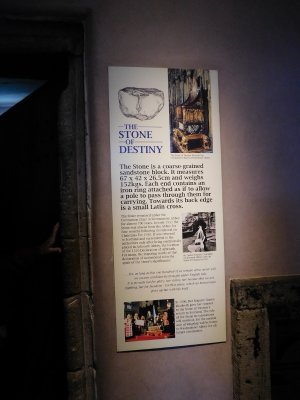
Royal Palace |
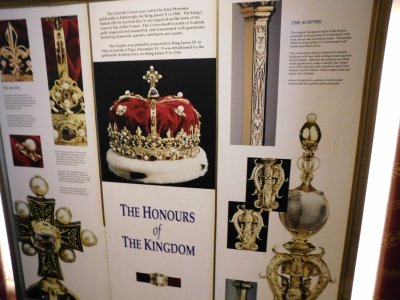
Royal Palace |

Royal Palace |
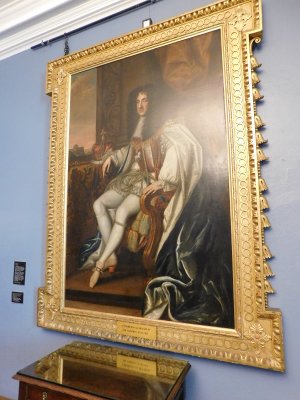
Royal Palace |
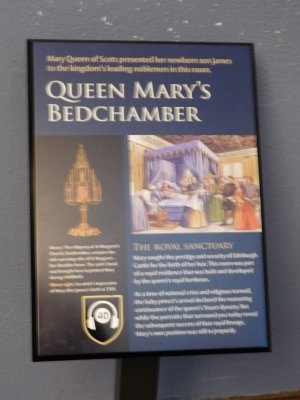
Royal Palace |
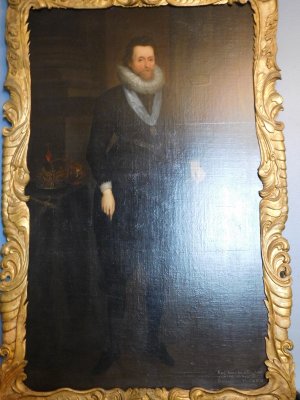
Royal Palace |
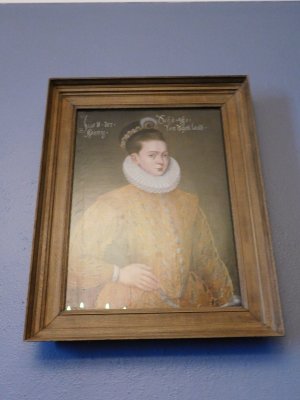
Royal Palace |
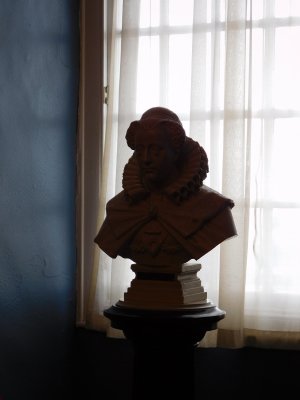
Royal Palace |

Royal Palace |
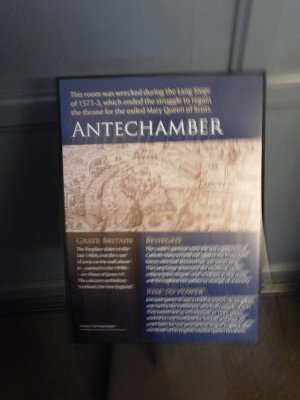
Royal Palace |
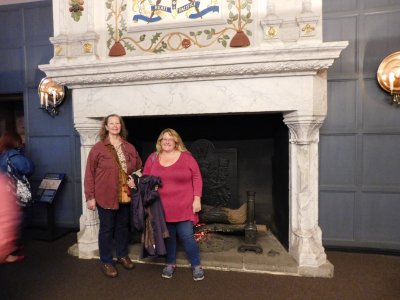
Royal Palace |
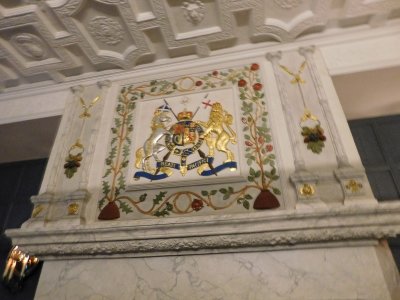
Royal Palace |
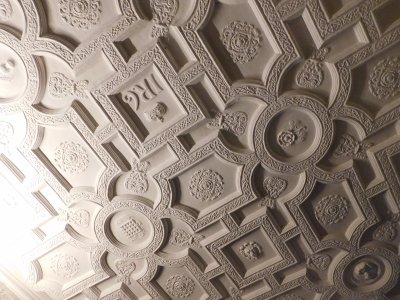
Royal Palace |
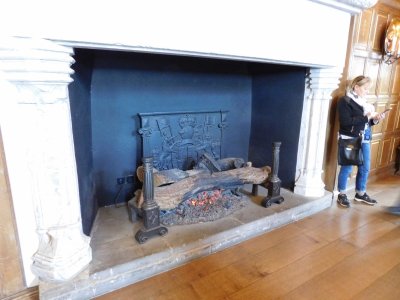
Royal Palace |
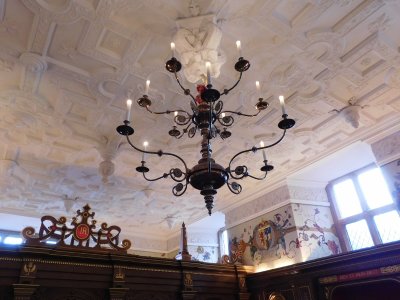
Royal Palace |
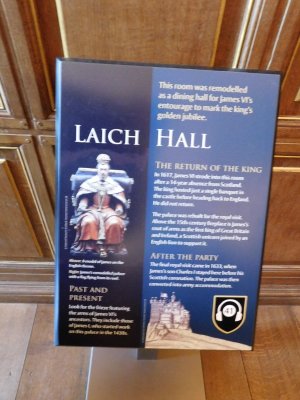
Royal Palace |
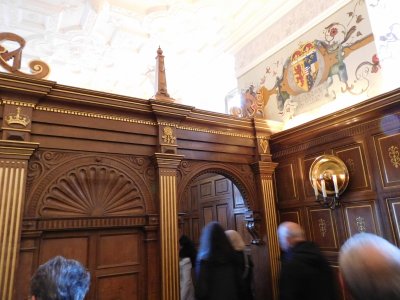
Royal Palace |
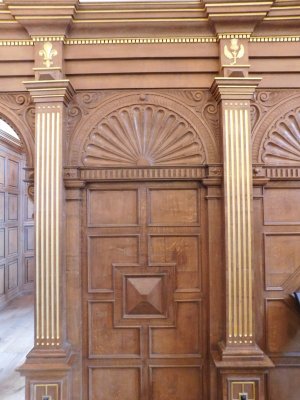
Royal Palace |

Royal Palace |

Royal Palace |
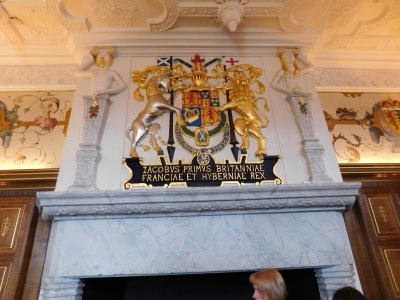
Royal Palace |
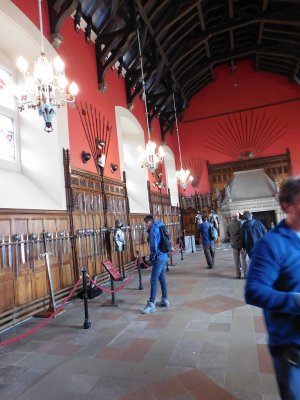
Great Hall |
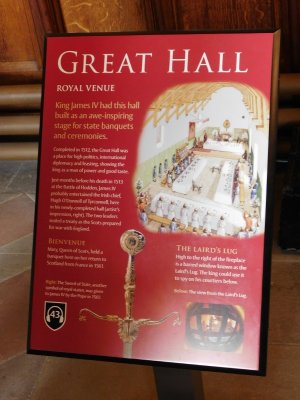
Great Hall |

Great Hall |
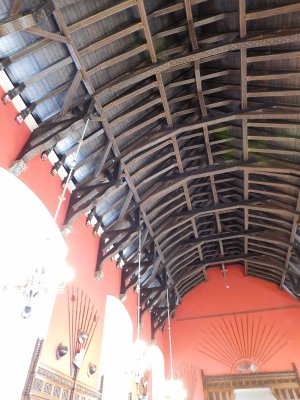
Great Hall |

Great Hall |

Great Hall |
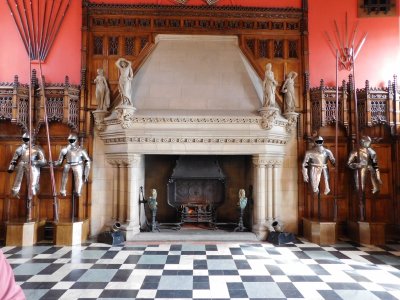
Great Hall |
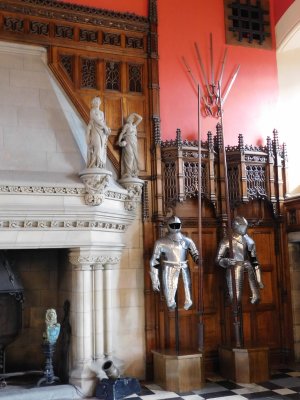
Great Hall |

Great Hall |
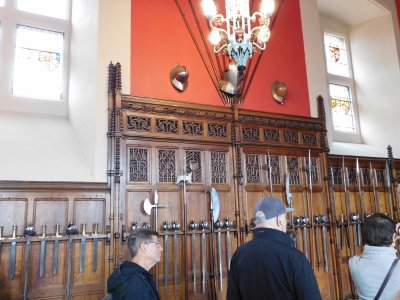
Great Hall |
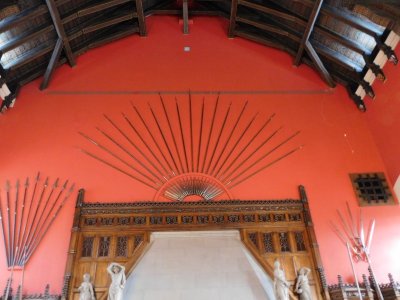
Great Hall |
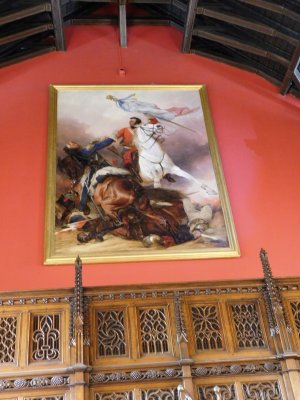
Great Hall |
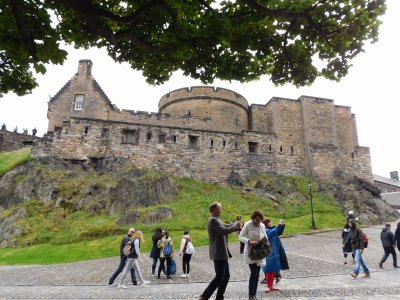
Edinburgh Castle stands upon the plug of an extinct volcano, which is estimated to have risen about 350 million years ago |
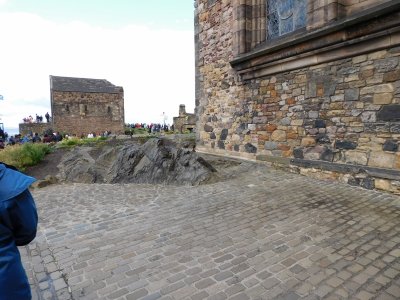
The Castle Rock is the remains of the volcanic pipe, which cut through the surrounding sedimentary rock |
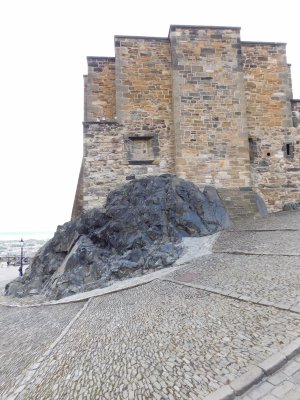
The very hard dolerite (a type of basalt) formed is seen in outcroppings around the Castle |
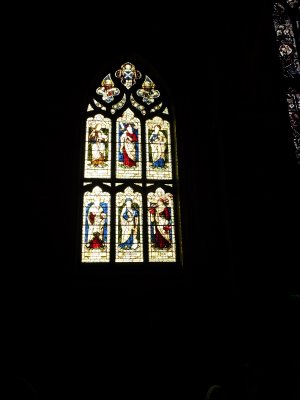
St Giles' Cathedral |

Boer War Memorial commemorates the soldiers of The Royal Scots who gave their lives in the Anglo-Boer War (1899-1902) |
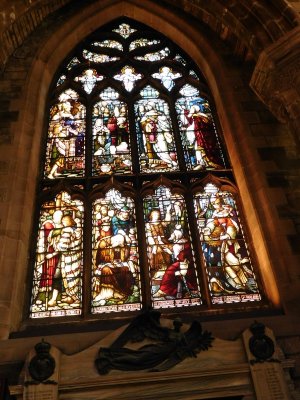
St Giles' Cathedral |
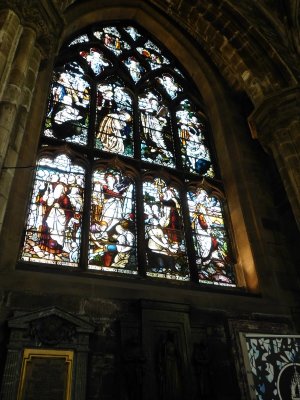
St Giles' Cathedral |
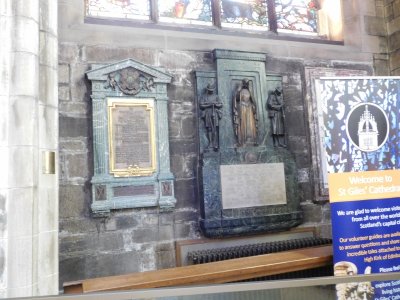
St Giles' Cathedral War Memorials |
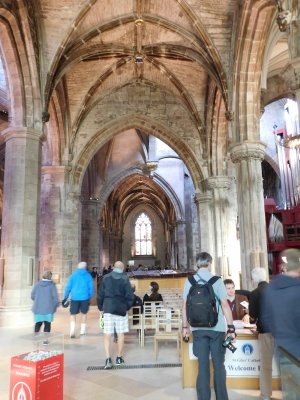
St Giles' Cathedral |
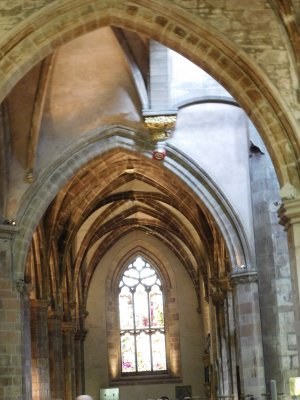
St Giles' Cathedral |
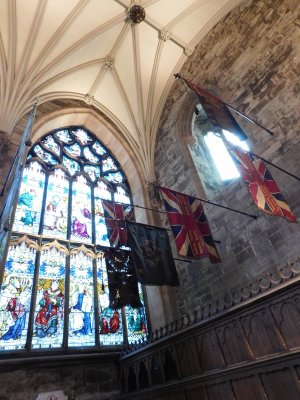
St Giles' Cathedral |
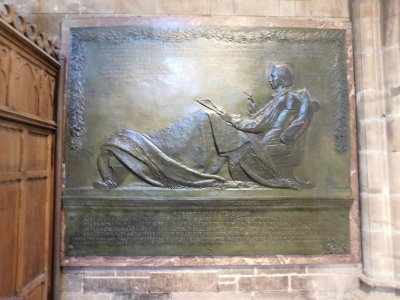
St Giles' Cathedral Augustus Saint-Gaudens' monument to Robert Louis Stevenson |
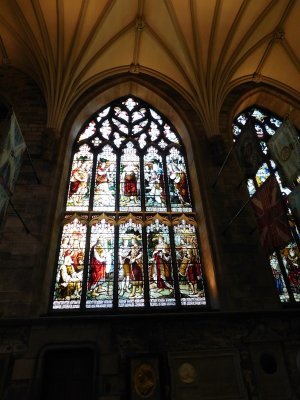
St Giles' Cathedral |
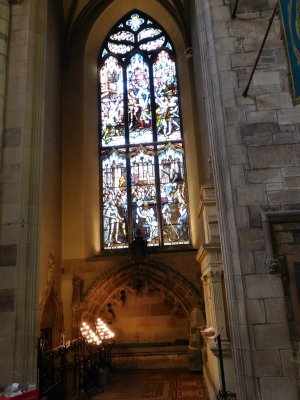
St Giles' Cathedral |
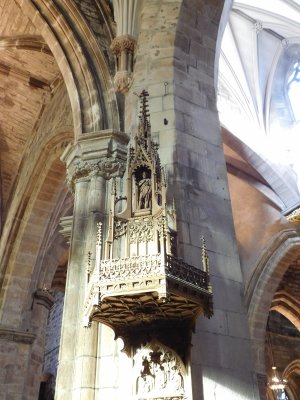
St Giles' Cathedral Pulpit in Moray Chapel |
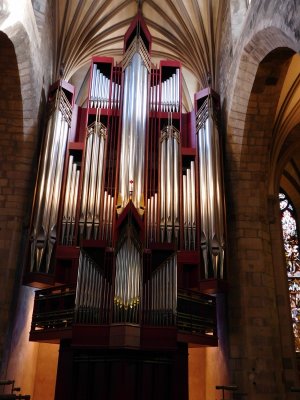
St Giles' Cathedral Organ Pipes |
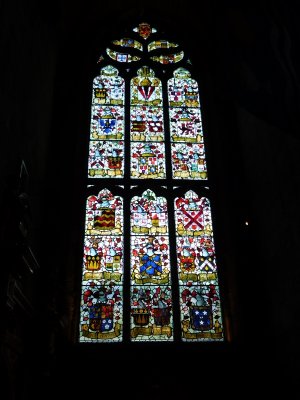
St Giles' Cathedral |

19th century(1888) memorial to the Marquess of Montrose a senior supporter of Charles I executed by the Covenanters |
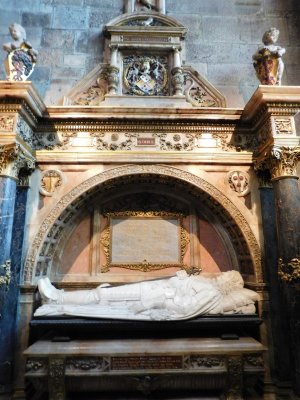
Montrose's reputation changed from traitor or martyr to a romantic hero and subject of works by Walter Scott and John Buchan |
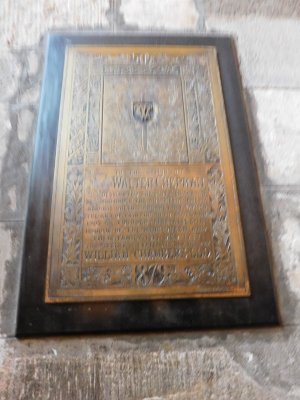
Walter Chepman memorial plaque(1879) in the Chepman Aisle |
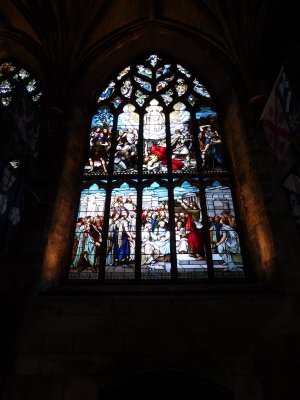
St Giles' Cathedral |
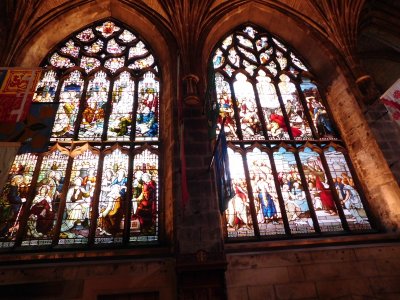
St Giles' Cathedral |
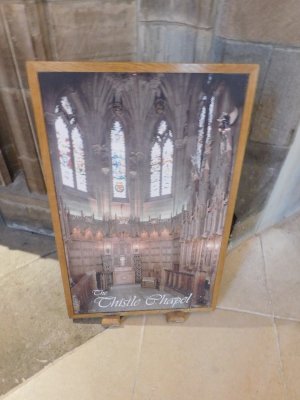
Chapel of the Order of the Thistle-an order of chivalry consisting of the Sovereign, sixteen Knights and Ladies |
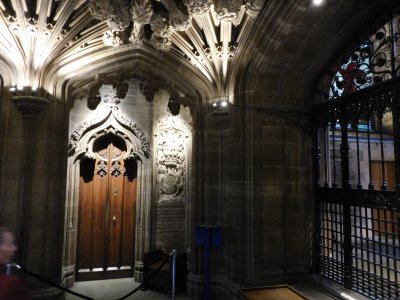
At the foundation of the Order of the Thistle in 1687, James VII ordered Holyrood Abbey fitted out as a chapel for the Knights |
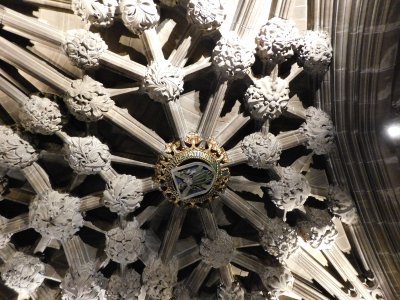
At James' deposition the following year, a mob destroyed the Chapel's interior before the Knights ever met there |
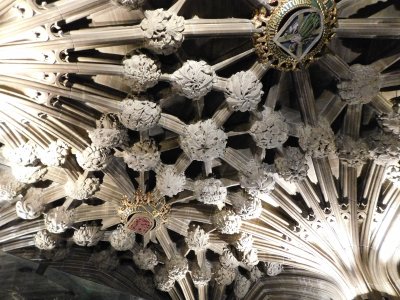
In 1906 Edward VII ordered a new Chapel to be constructed on the south side of St Giles' |
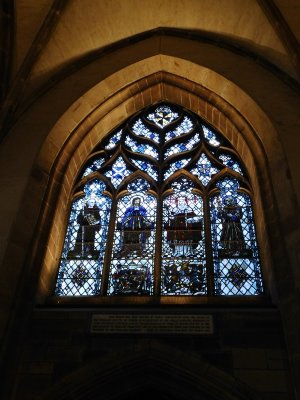
St Giles' Cathedral |
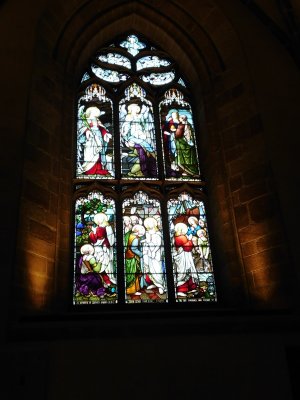
St Giles' Cathedral |
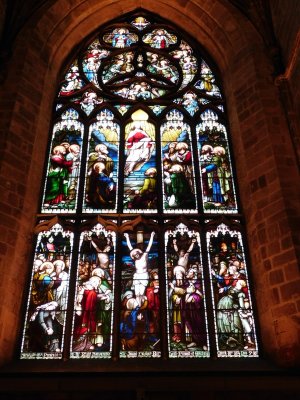
Jesus ascends into heaven in the east window by Ballantine & Son (1877) |
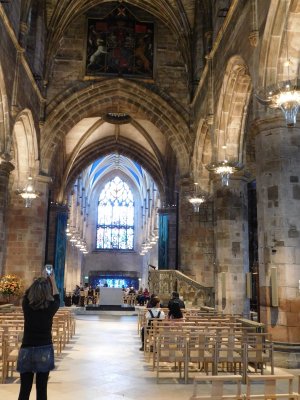
A scheme of coloured glass was considered as early as 1830: |
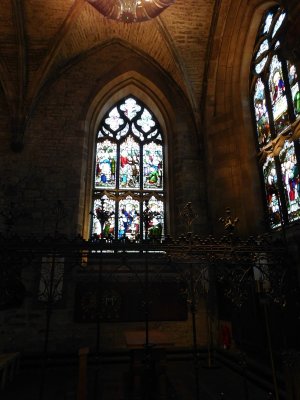
three decades before the first new coloured glass in a Church of Scotland building was installed at Greyfriars Kirk in 1857; |
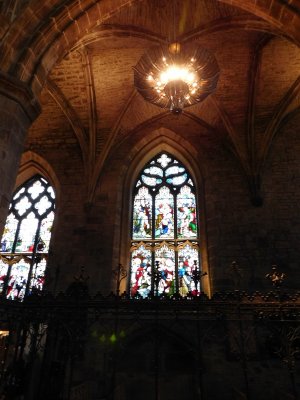
however, the plan was rejected by the town council |

By the 1860s, attitudes to stained glass had liberalised within Scottish Presbyterianism |
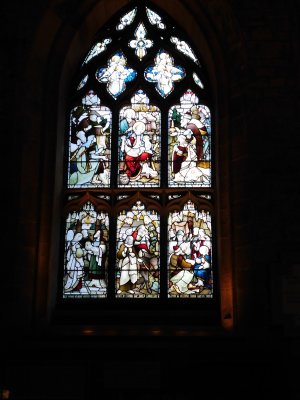
and the insertion of new windows was a key component of William Chambers' plan to restore St Giles' |
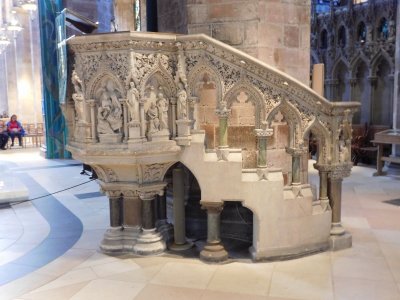
John Knox preached from this very pulpit & was so vigorous it looked as if he was about to break the pulpit & fly out of it! |

St Giles' Cathedral |
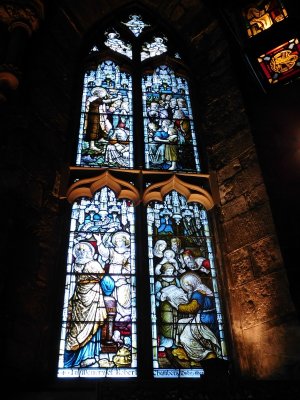
St Giles' Cathedral |
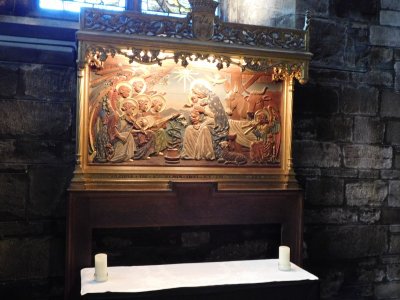
St Giles' Cathedral Carving- An orchestra of angels welcomes the Infant Christ in this Nativity scene. |
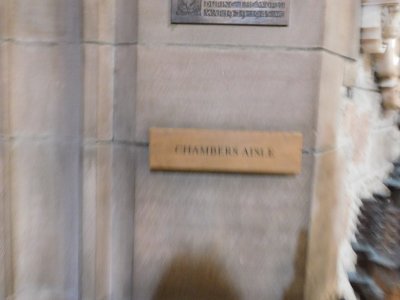
St Giles' Cathedral Chambers Aisle |
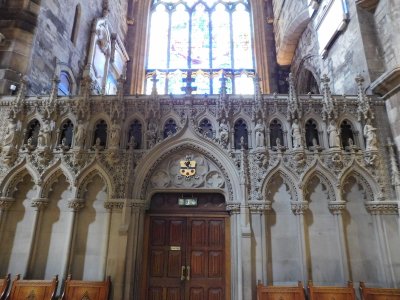
St Giles' Cathedral Chambers Aisle |
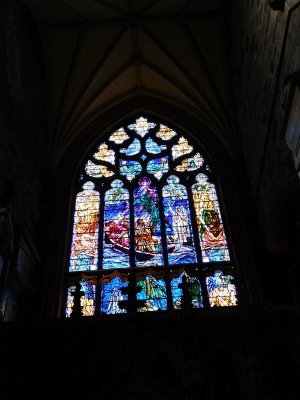
St Giles' Cathedral |
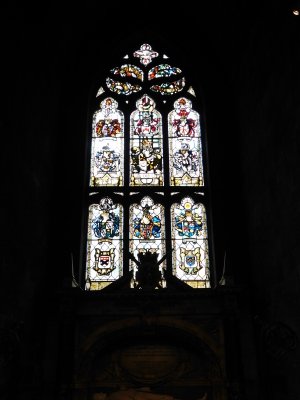
St Giles' Cathedral |
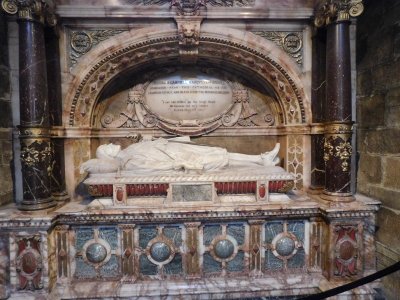
Jacobean-style monument(1895) to Marquess of Montroses rival, Archibald Campbell, 1st Marquess of Argyll, in the St Eloi Aisle |
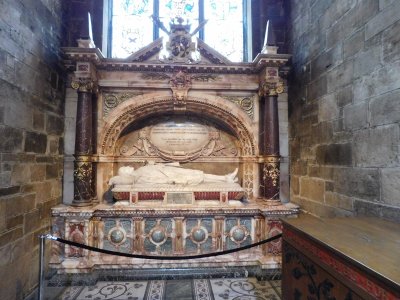
Archibald Campbell, 1st Marquess of Argyll head of Scotland's government during the Wars of the Three Kingdoms |
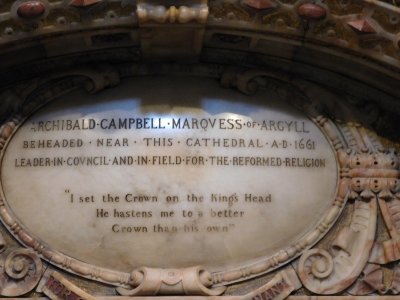
1651 he placed the crown on Charles II - 1660 arrested by order of Charles II - 1661 execution by beheading |
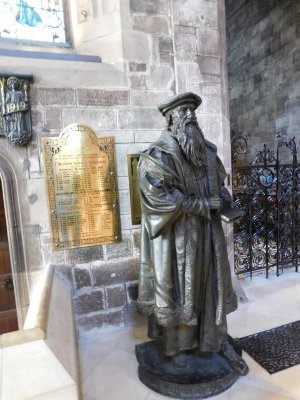
Statue of John Knox the foremost figure of the Reformation in Scotland |
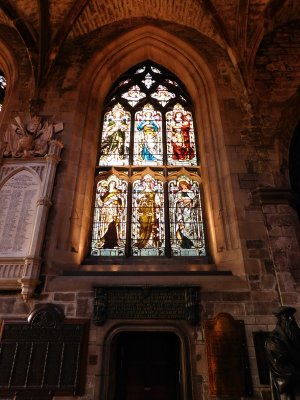
St Giles' Cathedral |
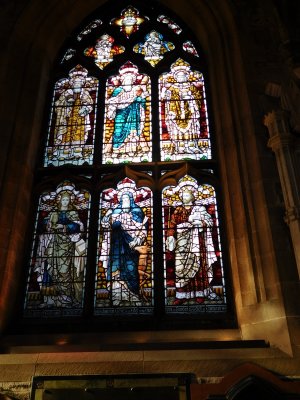
St Giles' Cathedral |
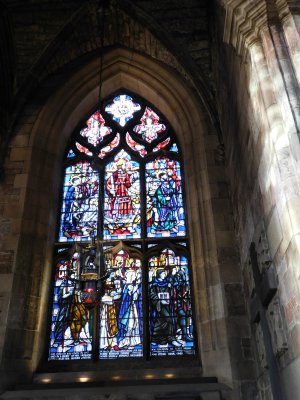
St Giles' Cathedral |
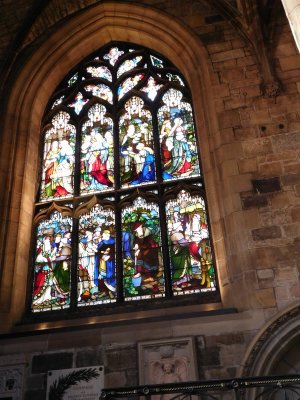
St Giles' Cathedral |
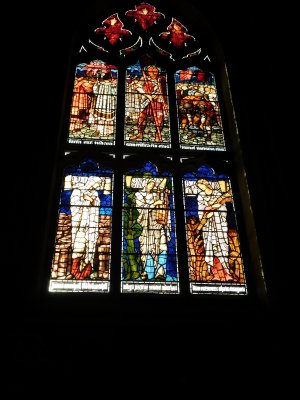
St Giles' Cathedral |

St Giles' Cathedral Rae and Linda |
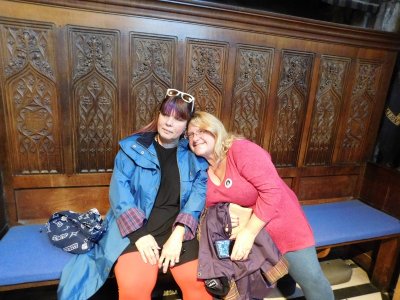
St Giles' Cathedral Rae and Linda |
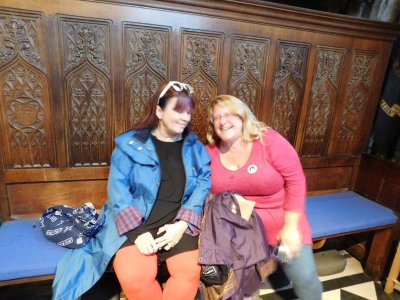
St Giles' Cathedral Rae and Linda |
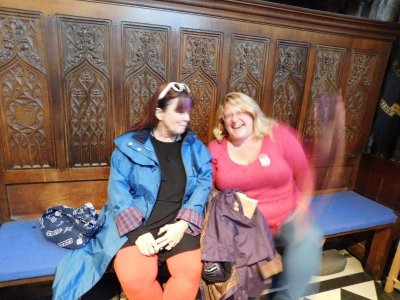
St Giles' Cathedral Rae and Linda |

St Giles' Cathedral Rae and Linda |

St Giles' Cathedral Rae and Linda |
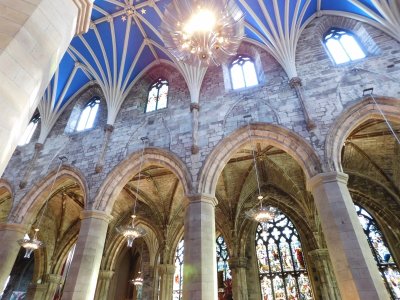
St Giles' Cathedral |
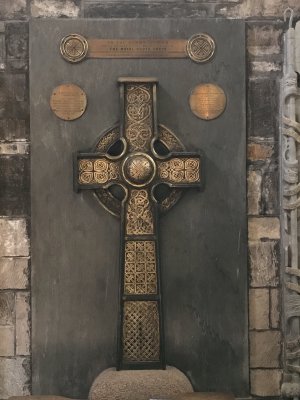
St Giles' Cathedral beautiful Celtic cross |
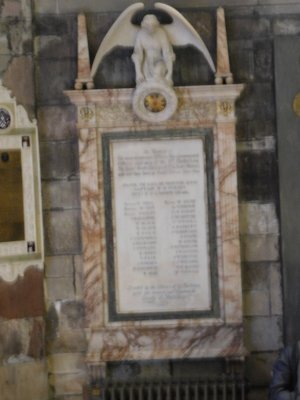
St Giles' Cathedral Third Battalion The Royal Scots Boer - War Memorial |

Shots at the Whiskey Experience? |

A Nut with a Nutcracker |
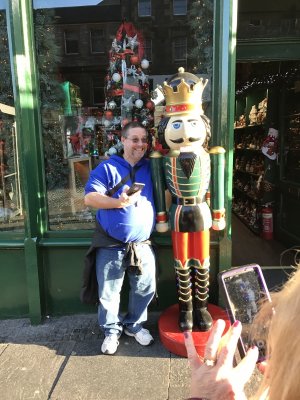
A Nut with a Nutcracker |











